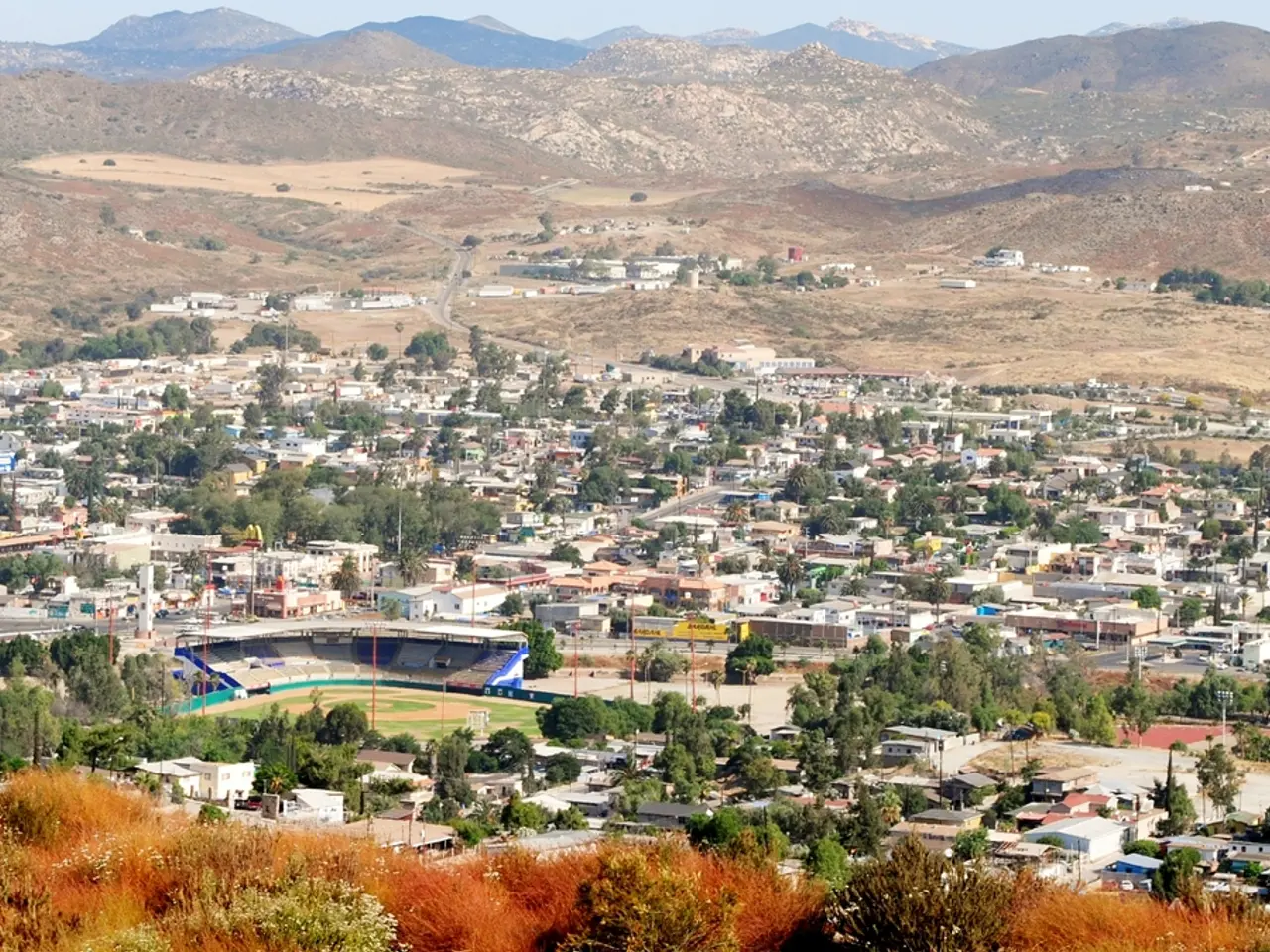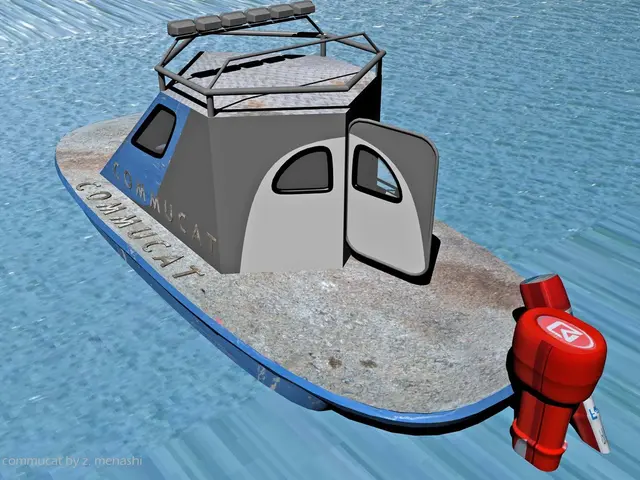New Zealand's Alpine Fault: Major Earthquake Likely in Next 50 Years
Scientists are closely studying New Zealand's Alpine Fault, a key feature of the Southern Alps, to understand its seismic behaviour and the formation of the mountains. Recent findings suggest an increased likelihood of a significant earthquake in the near future.
The Alpine Fault, a transform or strike-slip fault, marks the boundary between the Australian and Pacific tectonic plates. It's responsible for the uplift of the Southern Alps, with the mountains rising at a rate of 7 millimetres per year. However, erosion wears them down at a similar pace, maintaining a balance.
Researchers are investigating the fault's past earthquakes to predict future ones. They've identified major seismic events in 1100, 1450, 1620, and 1717. Given the nearly 300-year gap since the last major earthquake, scientists estimate a high probability of a large earthquake in the next 50 years. This is supported by the fault's sudden slip behaviour, with jumps of up to 8 metres causing powerful quakes.
Current research involves detailed mapping, GPS studies, seismic data analysis, and ground-penetrating radar. These methods help scientists understand the fault's structure and dynamics, contributing to improved earthquake forecasting and preparedness.
The Alpine Fault's potential for a major earthquake in the near future underscores the importance of ongoing research. Understanding its behaviour helps New Zealand prepare for and mitigate the impact of future seismic events. Despite the uncertainty, scientists' efforts provide valuable insights into the Earth's crust and the formation of the Southern Alps.
Read also:
- Inequalities in colorectal cancer among racial groups: Insights and actions for support
- Liver Cancer Treatment Method: Insights into Function, Potential Sidelines, Efficiency
- Medical professionals at St. Remigius Hospital's rear facilities in Alexian
- Boron's Impact on Bone Health and its Connection with Bey (Title omitted)








